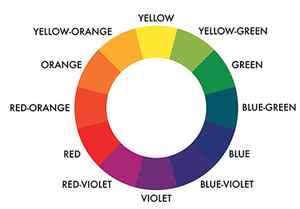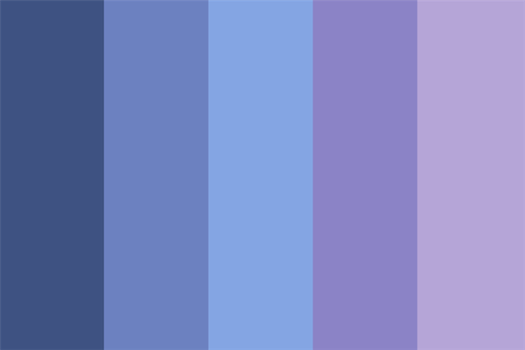This article includes topics such as the difference between violet and purple, is purple different from violet and what is the difference between violet and purple.
Wide spectrum of purple tones

Let me start off my saying TGIF!! Today’s outfit was brought on by confusion. See, it can be 90 one day in Sept, then 75 the next, and lately it has mostly been hot. So, we went to lunch at a delicious place called 131 Main here in Lake Norman, NC. I wanted to introduce some fall-ish colors today with my attire, so here we are.




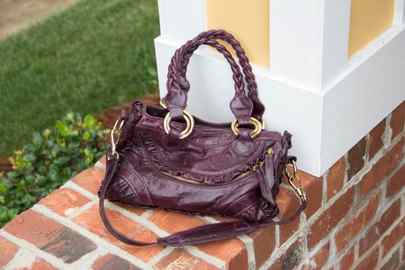
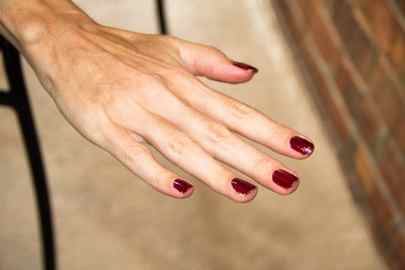
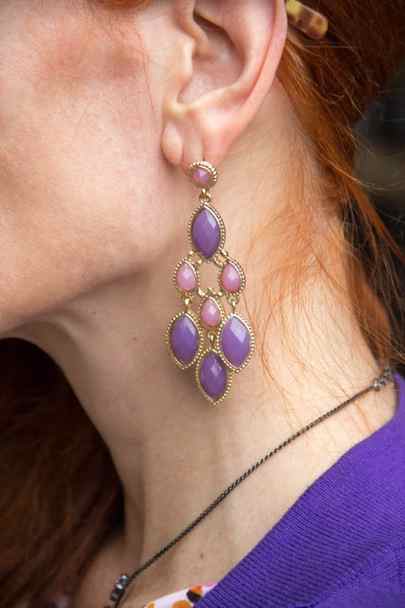



As I mentioned, it remains hot in Charlotte, NC until maybe the end of October, when it begins to get a little chilly. This is the time where it is hard to know what to wear, and one must just go by either sticking your head out the window, or relying on the weather forecast. Today is was in the mid 70s, when just yesterday it was 90. It probably will be in the 80s for a bit.
I have to say Fall is my favorite season, and this was the requirement when we moved here from Pittsburgh. No winter, but we wanted a change in seasons, and we do get that here, albeit a bit later than my parents do in the ‘Burg. So, the best I did was put this little purple shrug I purchased from Poshmark, ( where there are great deals to be had) over my purple and plum dotted dress from Ann Taylor. Again, if one can wear clothing that is as comfortable as pajamas, it is a WIN in my book! This dress is that .I liked the ruching on the sides for more shape, but it was the colors that attracted me. I do beleive my favorite color is red, but I also really love purple. Shades of purple. The purple family. The wide spectrum of purples. Ok, you get the point.
So, my little nod to the shade and the season, is mixing various purple colors in this outfit, and accessories. Now, I bring your attention to the food. Can’t take your eyes off my salad to look at my outfit! Well, I will tell you why. It had grilled salmon eggs, mushrooms, greens, and THE best cornbread croutons you could get anywhere from here to the south of the Mississippi! ( I really dont know if they make em there, thought it sounded good), and I HAD to go with the theme of dark purples, by ordering a fantastic Malbec that went down smoothly and tasted so good after months of the requisite Pinot Grigio, that I enjoy but makes you want to drink it down like water.
Enjoy your weekend!!
p.S. I also painted my nails in Essie’s Lacey Not Racy vintage burgundy color.
Dress: Ann Taylor ( last year), Shrug Poshmark( go to poshmark.com), shoes: Mia, necklace: purchased in Asheville from artist, earrings: Jewel Box, Handbag: Designer: Treesje, Glasses ( Zenni Optical)
Process through which our eyes see colours
Light enters the eye and goes to the retina, which is positioned in the rear of the eye. Rods and cones, which are light-receptive cells, cover the retina in millions. When these cells sense light, they send signals to the brain. The majority of humans have three types of cone cells, and each colour stimulates several cones. Their combined reaction generates a distinct signal for each colour, allowing millions of different colours to be differentiated. These cells, in conjunction with connected nerve cells, provide enough information for the brain to interpret and name colours.
Colour is a characteristic of light, as Newton demonstrated. As a result, understanding colour necessitates a basic understanding of light. Light shares features with both waves and particles as a type of electromagnetic radiation. It’s like a stream of tiny energy packets emitted at different frequencies in a wave motion. The frequency, wavelength, and energy of any given beam of light have precise values.
Frequency is generally stated in hertz (1 Hz = 1 cycle per second), which is the number of waves crossing a fixed point in space in a unit of time. The distance between the corresponding points of two consecutive waves is measured in nanometres (1 nm = 10-9m) and is typically stated in metres. A light beam’s energy is comparable to that of a minuscule particle moving at the speed of light, except that no particle with a rest mass could move at such a speed. The name photon, which refers to the tiniest amount of light of any wavelength, is designed to encapsulate this duality, as it encompasses both the wave and the particle.
Difference between violet and purple
Understanding the distinction between Violet and Purple is the first step toward comprehending the visible spectrum’s wavelength range. Violet is a genuine colour that is often noticeable in nature because of its presence in the electromagnetic spectrum. This is the crucial and fundamental difference in understanding these two colours. The colour’s wavelength, or range of wavelengths, is between 380 and 450 nanometres.
The purple colour is the result of an unnatural combination of red and blue. A prism, on the other hand, can be used to create the violet colour. We know that when white light passes through the prism, it will split into seven different colours (generally known as the VIBGYOR). Dispersion is the phenomenon of white light breaking into seven different wavelengths. Understanding the distinction between violet and purple colours will be aided by the dispersion process.
Violet is classified as a spectral colour. It has its own wavelength and occupies its own spot in the visible spectrum between 380 and 420 nm. Purple, on the other hand, is a straightforward mixture of the spectral colours blue and red.
Our colour vision is based on the function of three separate colour-sensitive cells called cones, which we all have. These cones are claimed to be activated by various wavelengths, although each of the three is stimulated differently. The signals from the cones are then processed in a way that allows us to see the colours that we do.
Point wise differences between violet and purple
- Purple is an unnatural pigment, whereas violet is a natural colour that may be seen in nature. Purple is a man-made colour shade created by mixing two colours
- Violet is a spectral colour and one of the visible spectrum’s most dominating wavelengths. Purple, unlike violet, is not a spectral colour. In the visible spectrum, it is undetectable
- In Newton’s colour wheel, violet was regarded as a fundamental colour. But the purple colour was not approved by Newton and only the violet colour may be seen
- Violet colour is made up of a single wavelength range, whereas purple colour is made up of multiple wavelengths, resulting in a wide spectrum of colours
Although violet and purple items in nature are essentially different, purple appears to us as a more saturated shade of violet. Purple objects are “red and blue at the same time,” while violet objects are simply violet.

